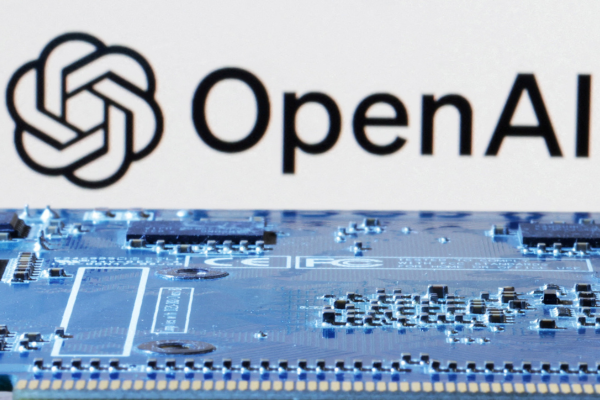Better not bigger: addressing unpredictable markets and fluctuating e-commerce demand
Sponsored by Covariant
Peter Chen, CEO and Co-Founder
Pieter Abbeel, Chief Scientist and Co-Founder
Over the last few years, retailers have experienced explosive e-commerce growth, and their logistics teams have scrambled to keep up with demand while juggling painful delays, disruptions and shutdowns.
Although sales continue to be at historical highs, demand has dipped slightly over the last few quarters. This tension between volatile spending habits by consumers and retailers’ desire for preparedness creates a challenging atmosphere. Not to mention the ongoing pressure from a lack of available workers to staff shipping and fulfilment centers.
These factors combined become a forcing function for retail leaders to change the way they invest in retail logistics.
Continuing to pursue capital-heavy strategies like warehouse construction and hiring pushes could be catastrophically risky for a company’s bottom line. They’re too heavily dependent upon the economic and labor markets continuing to grow at prior rates; something that can’t be guaranteed by anyone.
So how do retailers gain control in characteristically unpredictable times? Our team at Covariant, a leading AI robotics company, spends a lot of time helping retailers and their logistics partners to answer this very question.
The bottom line is that rather than building bigger, you should be building higher-performing, more efficient e-commerce fulfilment operations.
The rise of AI-powered automation for retail logistics
Consider the modern warehouse facilities that cost tens of millions to build. The truth is that they are still rather inefficient. While many processes have been automated, the pick-and-place parts of the fulfilment process are still predominantly manual, accounting for 50 per cent or more of labour costs.
Traditional robots cannot automate these processes due to the adaptability required to handle the infinite variability found in a modern warehouse. Think of the highly dynamic nature of your products - the shape, size, type of packaging, seasonality of items, etc. To automate the picking of these items, it must be powered by sophisticated artificial intelligence.
Leveraging autonomous robotics in pick and place applications used to be just a pipedream, but is now a current reality given the latest advancements in deep neural net machine learning. In a survey from earlier this year, 1 in 4 supply chain leaders are already using or are in the midst of adopting such automation technologies.
Now is the time for you to build better and more efficient warehouses with modern technology like AI Robotics. Adoption rates within retailers of AI-powered automation are reflecting this shift and you don’t want to be left behind.
Investing in AI-powered robotic automation is enabling retailers and their logistics providers to address fluctuating e-commerce demand and unpredictable markets with improved throughput and efficiency. In this video, learn how these systems are autonomously fulfilling thousands of online customer orders a day, with a 99.9 per cent accuracy rate, and how you can get started.
Learn how AI Robotics improves the performance and efficiency of your operations

Business Reporter Team
Most Viewed
23-29 Hendon Lane, London, N3 1RT
23-29 Hendon Lane, London, N3 1RT
020 8349 4363
© 2024, Lyonsdown Limited. Business Reporter® is a registered trademark of Lyonsdown Ltd. VAT registration number: 830519543





